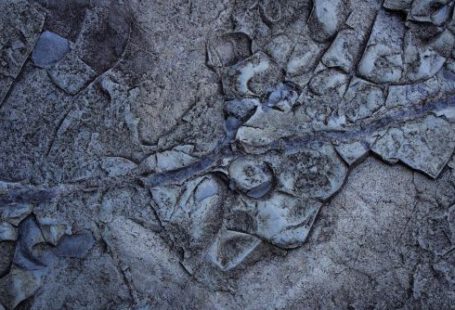The crane is a powerful tool used to lift and move heavy objects with ease. Cranes have been around since ancient times and have been used in construction, mining, and other industries. But how does a crane actually work? In this article, we’ll explore the science and mechanics behind crane operation.
Hoisting
The key component of crane operation is hoisting. Hoisting is the process of lifting and moving a load using a crane. Cranes use a combination of pulleys, cables, and counterweights to lift and move heavy objects. The pulleys are attached to the crane’s boom and the cables are attached to the load. The counterweights are needed to balance the load so the crane can move it safely and efficiently.
Power Source
Cranes use a variety of power sources to operate. Common power sources include electric motors, diesel engines, and hydraulic systems. Each power source has its own advantages and disadvantages. Electric motors are efficient and require less maintenance, but they are limited in the amount of power they can produce. Diesel engines provide more power and are more reliable, but they require more maintenance. Hydraulic systems are powerful and efficient, but they require a large amount of space and they are expensive to maintain.
Safety
Safety is always a top priority when operating a crane. Cranes can be dangerous if not operated properly. To ensure safety, crane operators must follow safety protocols and use the proper safety equipment. Safety equipment includes personal protective equipment, such as steel-toed boots, hard hats, and gloves, as well as safety harnesses and lanyards. Operators must be trained and certified in crane operation before operating a crane.
Controls
Cranes are controlled by a variety of devices. The most common type of control is a joystick, which allows the operator to move the crane in any direction. Other types of controls include levers, switches, and knobs. The controls are used to control the speed, direction, and angle of the crane.
Conclusion
The science and mechanics behind crane operation are complex, but the key components are hoisting, power source, safety, and controls. Hoisting is the process of lifting and moving a load using a crane. Cranes use a combination of pulleys, cables, and counterweights to lift and move heavy objects. Cranes use a variety of power sources to operate, such as electric motors, diesel engines, and hydraulic systems. Safety is always a top priority when operating a crane, and operators must use the proper safety equipment and be trained and certified in crane operation before operating a crane. The crane is controlled by a variety of devices, such as joysticks, levers, switches, and knobs. With the proper training and knowledge, crane operation can be a safe and efficient way to lift and move heavy objects.






